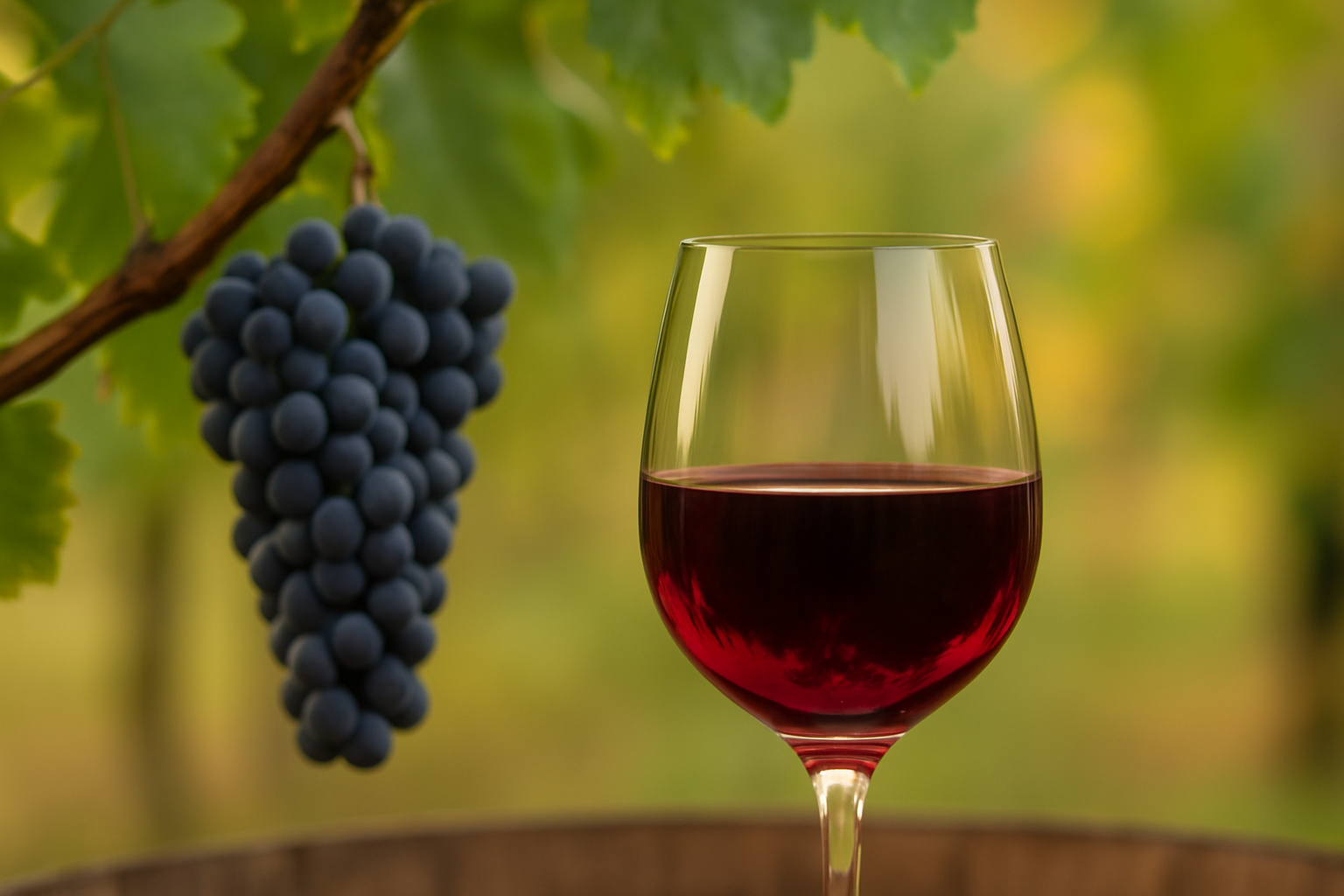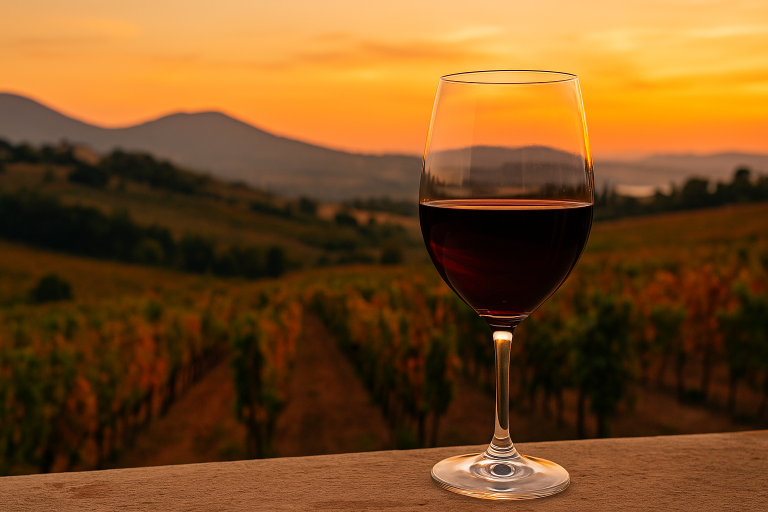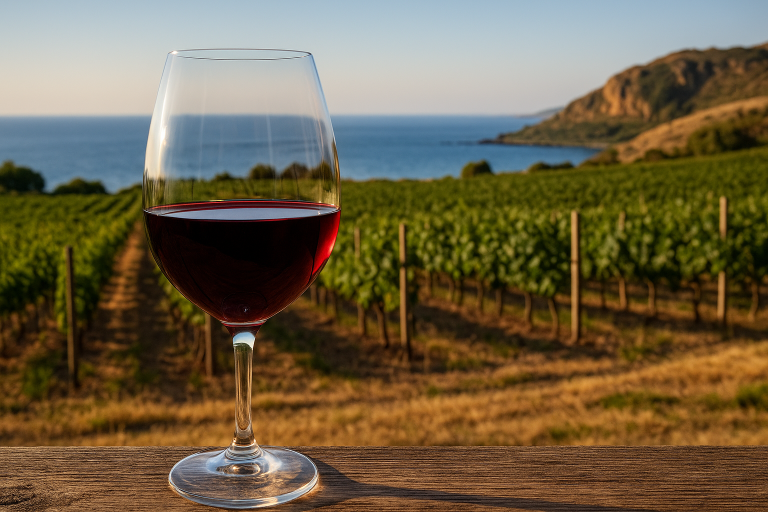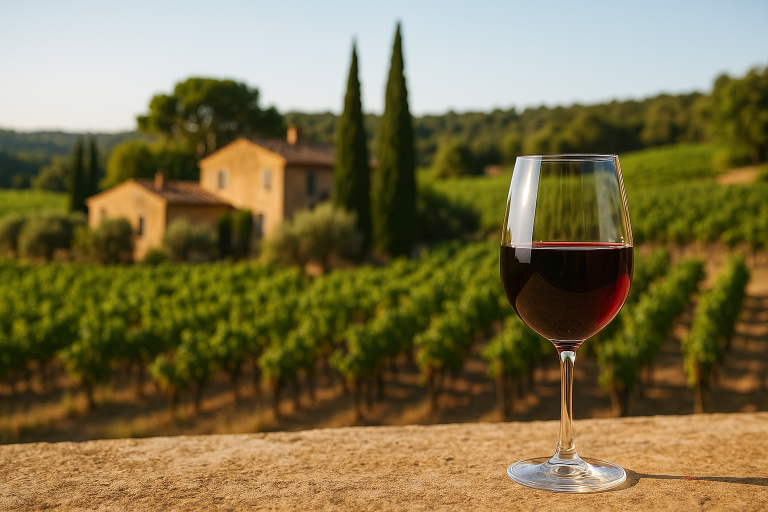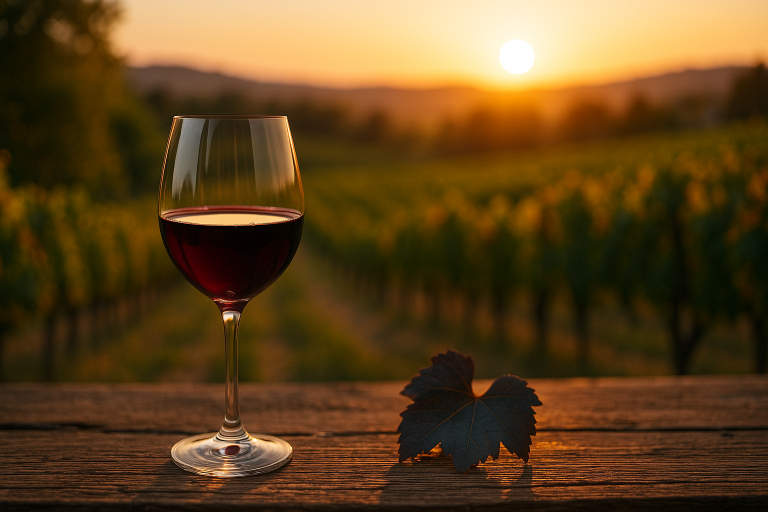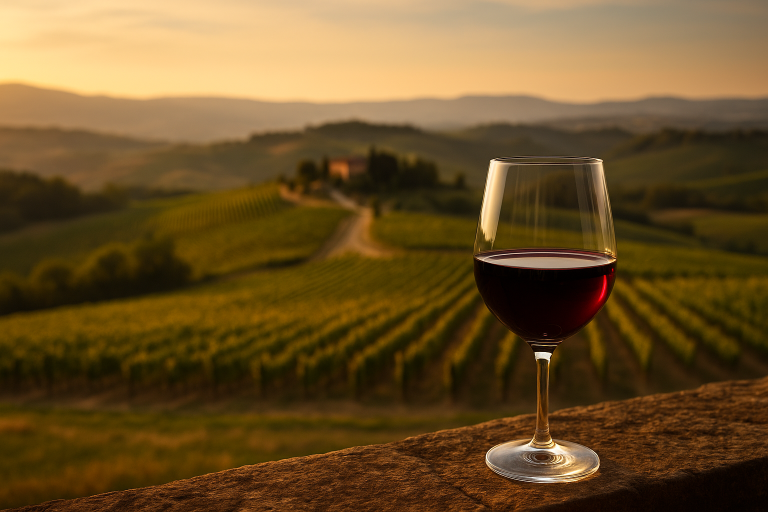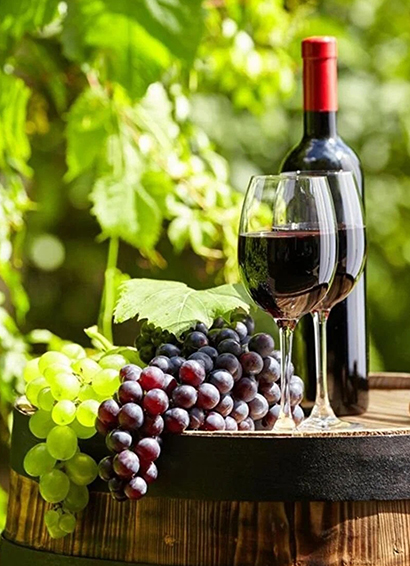Few grape varietals express both power and finesse as effortlessly as Syrah, known as Shiraz in the Southern Hemisphere. This dark, full-bodied red wine is a true shape-shifter — capable of producing peppery, elegant wines in France and ripe, fruit-forward expressions in Australia. Whether called Syrah or Shiraz, it remains one of the world’s most celebrated and distinctive red varietals.
A Brief History
The origins of Syrah date back to the Rhône Valley in southeastern France, where it has been cultivated for centuries. Genetic research confirms that Syrah is the offspring of two obscure French grapes — Dureza and Mondeuse Blanche — native to the Rhône region.
In northern Rhône appellations like Hermitage, Côte-Rôtie, and Cornas, Syrah became legendary for its depth, structure, and complexity. The grape’s adaptability later carried it across the globe, finding a second home in Australia, where it was renamed Shiraz. Early settlers planted it in the 1830s, and it quickly became the country’s signature red grape.
Today, Syrah is grown in virtually every major wine region, admired for its ability to capture both terroir and the winemaker’s hand. It’s bold yet balanced, refined yet rustic — a grape that embodies contrast and strength.
Where It’s Grown
Syrah/Shiraz thrives in warm, sunny regions but can also produce exceptional wines in cooler climates.
- France (Rhône Valley): Home of the world’s most elegant Syrahs — earthy, peppery, and structured with dark fruit and savory undertones.
- Australia: Known as Shiraz, it dominates regions like Barossa Valley, McLaren Vale, and Hunter Valley, producing rich, velvety wines with black fruit, spice, and chocolate notes.
- United States (California & Washington State): Californian Syrahs are bold and fruit-driven, while Washington’s offer balance, minerality, and complexity.
- South Africa: Produces a fusion style — ripe yet peppery, often blending Old World restraint with New World richness.
- Chile, Spain, and Argentina: Emerging regions producing affordable, high-quality expressions with a sunny, fruit-forward profile.
This global reach has made Syrah one of the most versatile and respected grapes in modern winemaking.
Tasting Notes
Syrah is renowned for its deep color, bold flavor, and firm tannins. Typical aromas include blackberry, plum, and blueberry, accented by pepper, olive, smoked meat, and spice. In warmer climates (like Australia), Shiraz tends to show riper fruit, chocolate, and licorice, while cooler-climate Syrahs lean toward earth, graphite, and black pepper.
On the palate, Syrah wines are full-bodied, velvety, and intensely flavored, often with lingering notes of oak, espresso, and spice. They age beautifully, softening with time and revealing layers of leather, truffle, and dried herbs.
Serve Syrah at around 60–65°F and decant if young to let the wine breathe. It pairs beautifully with grilled meats, lamb, roasted mushrooms, and rich stews — dishes that complement its robust personality.
The Essence of Syrah
At its core, Syrah / Shiraz is a wine of contrast — strength wrapped in elegance, spice balanced by fruit, and power softened by grace. Whether it’s a peppery Rhône masterpiece or a lush Barossa blockbuster, Syrah’s signature lies in its ability to express both place and passion.
It’s a wine that fills the glass with intensity and the spirit with warmth — the bold, soulful voice of red wine at its finest.

